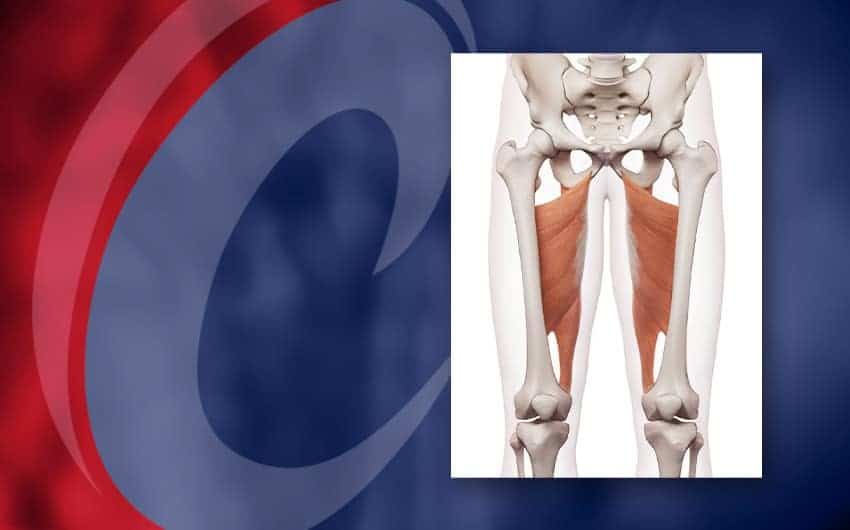A successful hockey season filled with wins, goals, assists and enjoyment can be easily derailed with a groin strain. The groin musculature or adductor group is located on the inside of the thigh and brings the thigh back into the midline of the body. This is an important group of muscles during skating as they elongate allowing the player to obtain a full stride and contract quickly to recover and bring the skate back beneath the hips to prepare for another powerful stride. If the muscle group is tight, it can limit full extension of the stride, slowing the athlete down. It also leaves the muscles more susceptible to injury as they may get over stretched or torn as the athlete tries to obtain a full stride. In the case of the adductors being too weak, they can be injured by the repetitive force needed to return the leg to its starting point after the stride is completed. In order to prevent groin injuries, it is imperative to obtain and maintain good flexibility and strength. Numerous studies in the NHL have shown that a quality groin injury prevention program will decrease the incidence of these injuries. So how do you get started? Implementing a foam roll and stretching program that targets the groins, hip flexors and gluteal musculature will help obtain proper flexibility. There are many ways to implement a groin strengthening program, but I would suggest starting with something as simple as squeezing a pilates ring or squeeze ball while lying on your back with your knees bent and feet on the floor. Perform 3 sets or 15-25 reps two to three times per week. Groin injuries will occur in hockey, but taking the simple steps of improving flexibility and strength can aid in the prevention.
Chris Phillips is the owner of Compete Sports Performance and Rehab in Orange County, CA. Chris was an Athletic Trainer in the NHL with the Mighty Ducks of Anaheim and Washington Capitals and is a preferred provider for US Figure Skating.

